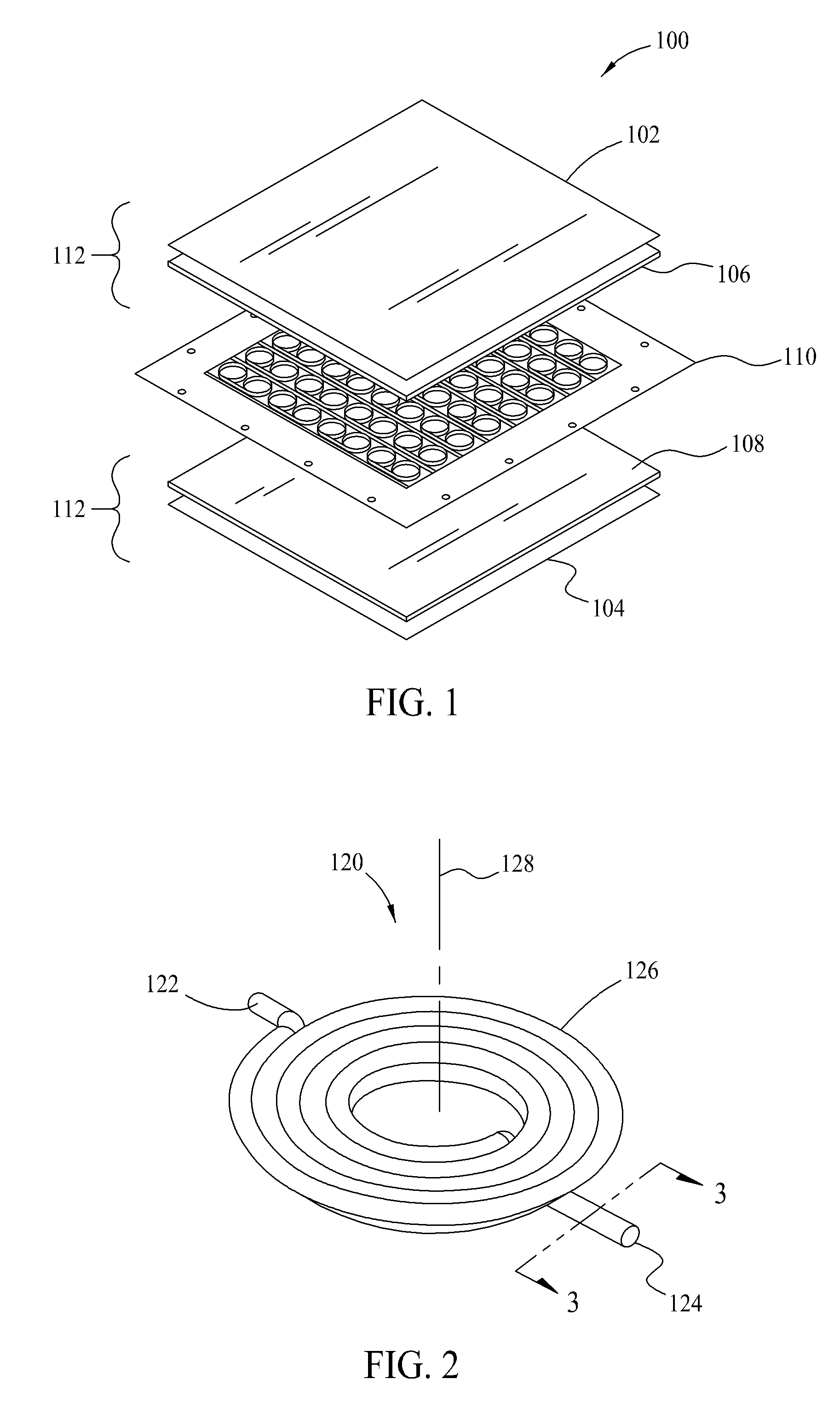Magnetic components and methods of manufacturing the same
a technology of magnetic components and manufacturing methods, applied in the direction of magnetic bodies, transformers/inductances, magnetic cores, etc., can solve the problems of increasing prone to core cracking, and difficulty in winding the coil in a cost effective and reliable manner, so as to reduce the overall size of such devices, increase the cost of electronic components, and reduce manufacturing processes. the effect of cos
- Summary
- Abstract
- Description
- Claims
- Application Information
AI Technical Summary
Benefits of technology
Problems solved by technology
Method used
Image
Examples
Embodiment Construction
[0029]Exemplary embodiments of inventive electronic component designs are described herein that overcome numerous difficulties in the art. To understand the invention to its fullest extent, the following disclosure is presented in different segments or parts, wherein Part I discusses particular problems and difficulties, and Part II describes exemplary component constructions and assemblies for overcoming such problems.
I. INTRODUCTION TO THE INVENTION
[0030]Conventional magnetic components such as inductors for circuit board applications typically include a magnetic core and a conductive winding, sometimes referred to as a coil, within the core. The core may be fabricated from discrete core pieces fabricated from magnetic material with the winding placed between the core pieces. Various shapes and types of core pieces and assemblies are familiar to those in the art, including but not necessarily limited to U core and I core assemblies, ER core and I core assemblies, ER core and ER co...
PUM
| Property | Measurement | Unit |
|---|---|---|
| temperatures | aaaaa | aaaaa |
| conductive | aaaaa | aaaaa |
| temperature | aaaaa | aaaaa |
Abstract
Description
Claims
Application Information
 Login to View More
Login to View More - R&D
- Intellectual Property
- Life Sciences
- Materials
- Tech Scout
- Unparalleled Data Quality
- Higher Quality Content
- 60% Fewer Hallucinations
Browse by: Latest US Patents, China's latest patents, Technical Efficacy Thesaurus, Application Domain, Technology Topic, Popular Technical Reports.
© 2025 PatSnap. All rights reserved.Legal|Privacy policy|Modern Slavery Act Transparency Statement|Sitemap|About US| Contact US: help@patsnap.com



